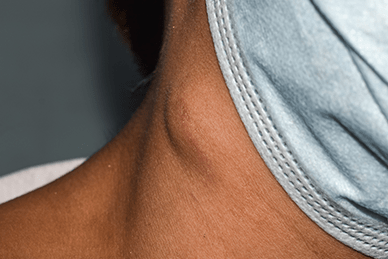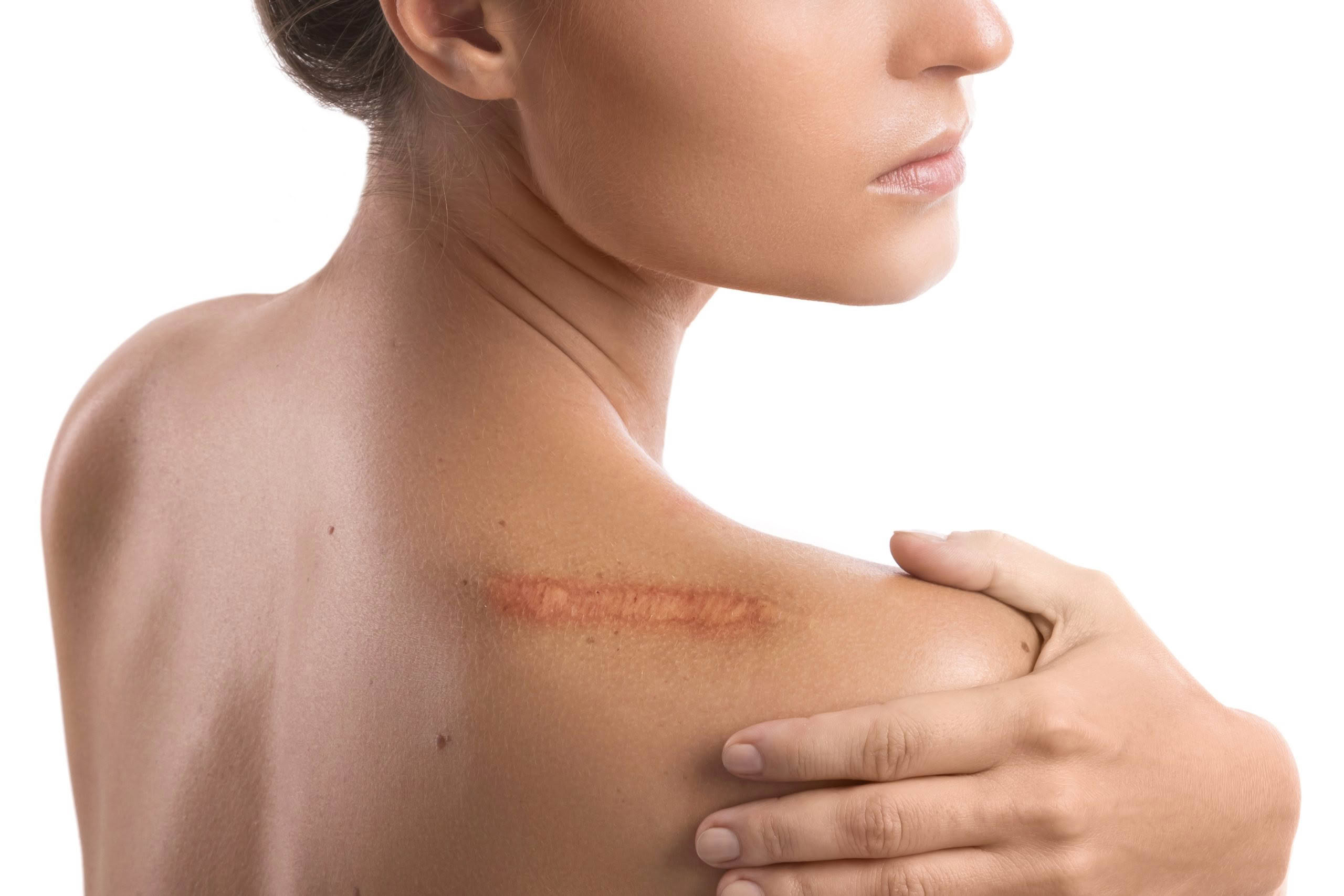There are many varieties of skin cancer, but only three of them account for almost all of what commonly requires intervention by surgeons. These are basal cell carcinomas; squamous cell carcinomas and malignant melanoma in order of frequency (and in reverse order of danger, generally speaking).
Skin Cancer
Diagnosis and treatment of skin cancer

Please give us a call to discuss your options or to book an initial consultation with Dr Greenbaum.
Frequently asked questions
What are Basal Cell Carcinomas (BCCs)?
These are usually slowly growing malignant tumours of the basal layer of the epithelial cells in the skin and its hair follicles. They tend not to spread through the body, but rather, they are locally invasive; nibbling out ulcers in the skin – which has led to these tumours being nick-named “rodent ulcers”.
How do you get BCC?
Basal cell carcinoma affects white skinned individuals almost exclusively and 95% occur between the ages of 40 – 80 years. The main causal factor in the development of basal carcinomas is cumulative exposure to ultraviolet radiation in sunlight or ionising radiation. This explains why men are affected more commonly than women, because a greater proportion of men than women are exposed to either form of radiation throughout their work and recreational lives.
What is a Squamous Cell Carcinoma (SCCs)?
This is rarer than basal cell carcinoma. It arises in keratinising cells of the skin and has more malignant potential (ability to spread through the body) than does basal cell carcinoma.
How do you get SCC?
Sun exposure is the main reason people develop these tumours; but their development is also associated with decreased immunity (for instance in people taking immunosuppressive drugs after transplantation); human papilloma virus infection and contact with certain chemical carcinogens. Squamous cell carcinomas are four times less common than basal cell carcinomas.
What is Malignant Melanoma?
This is the least common of the three common skin cancers but is also the most malignant. It develops from the pigment-producing cells in the skin known as melanocytes. Melanomas typically occur in the skin, but may rarely occur in the mouth, intestines, or eye.
How do you get Melanoma?
It is undoubtedly caused by sun exposure and in particular, by sun burn. It is increasing in incidence worldwide and especially amongst white skinned people who are genetically unsuited to sunshine.
How do you treat skin cancers?
The only cure for malignant melanoma and, arguably for squamous cell carcinoma, is surgery. Various methods for treating basal cell carcinoma exist and are advocated strongly depending on whether you show your tumour to a Surgeon, a Dermatologist or a Radiotherapist. However, the only sure way to know that the growth on your skin is what a doctor thinks it is, and more importantly, to know that it has been removed completely, is for it to be removed surgically and then examined under a microscope by a skilled Histopathologist who will judge whether or not the margin of the resection is clear – about that there is no disagreement between different medical specialists.
What should make me worry about something on my skin?
I suggest that anything that appears on previously normal skin, and then remains there for more than 2 to 3 weeks should be shown to a doctor who is experienced in diagnosing skin conditions. It is never a waste of time and far better for a doctor to be able to reassure you, than for you to let a new skin cancer grow any bigger than can be helped. This is true for several reasons:
- For all three common skin cancers the larger the tumour the worse the prognosis.
- Bigger tumours tend to have deeper extensions and so are more likely to grow down through the skin where they can invade blood and lymph vessels in which they can spread around the body.
- Bigger tumours require bigger excision margins around them meaning a bigger defect is left after their removal requiring a more extensive reconstruction that may be less likely to leave aesthetically desirable scars.
With reference to malignant melanoma, there are several situations that make you more at risk of the tumour than other people. In order of importance, those factors relevant to most people are having:
- already had a melanoma.
- one or more close blood relatives with melanoma.
- skin with dysplastic moles.
- more than 20 moles.
- a history of sunburn ‘especially in childhood.
red hair or pale skin that burns easily or has a tendency to freckle.
You should be particularly concerned about any mole that changes in size, shape, or colour. Other worrying signs include redness around a mole, or fluid oozing from it, or a tingling sensation. Any of these should prompt you to show a mole to a doctor immediately – it may save your life.
What is involved in surgery for skin cancer?
The essence of surgical treatment for skin cancer is to remove the cancer with enough margin around it in three dimensions to be sure it is gone completely. Auditing our experience and clinical research over many years has produced evidence-based, recommended margins that should be marked around the visible extent of a skin tumour and removed with it. In my practice, I mark these margins under magnification using binocular surgical telescopes.
Once the cancer has been removed, the defect in the skin that results must be reconstructed. This may be done by simply stitching the defect together if there is enough laxity in the skin so to do. If not, there are various techniques developed by plastic surgeons to reconstruct even the largest defects with as aesthetic a result as possible. These include thin and thick skin grafts and vascular skin flaps that borrow living skin from neighbouring areas which have “spare skin” available to reconstruct defects in areas which do not.
What sort of treatment do I need?
This is best discussed during a consultation, and I will be happy to meet and advise you on the surgery needed to diagnose and remove your skin tumour and the reconstructive options available to you.






